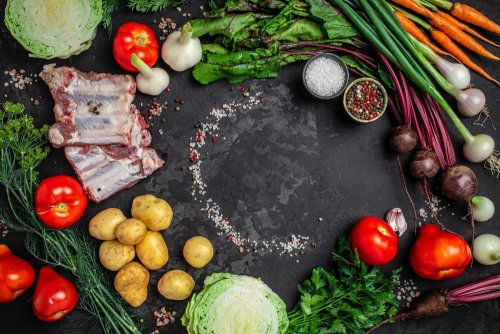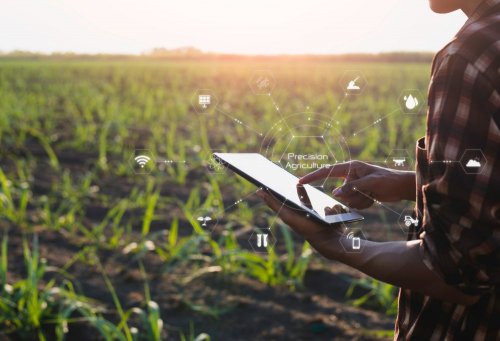The concept of agrovoltaics – combining crop cultivation with solar panels to avoid competition in land use between renewable energy deployment and food production – is gaining popularity worldwide.
Currently, more than 2.8 GW of agrovoltaic plants have been installed in the world, reports the Solar Energy Association of Ukraine on Facebook with reference to IRENA.
Expanding the use of renewable energy sources to achieve all of the sustainable development goals will undoubtedly have an impact on land use. After all, increased competition with other ways of land use is a significant problem in many parts of the world.
The idea behind agrovoltaics is to arrange rows of panels at a sufficient height and width to let in enough sunlight to grow crops.
"Agri-food systems consume about 30% of the world's energy. At the same time, energy is responsible for a third of the emissions of agro-food systems. Therefore, a joint approach to the energy transition and the transformation of food systems is important to meet the current and future demand for food and energy in an inclusive and environmentally sustainable way", noted in IRENA
In Mali and The Gambia, a program has been launched to test the technical and economic viability of integrated systems, and in Chile - projects to study the impact of agrovoltaics on crops in arid areas.
In Japan, the concept of solar exchange is implemented – the joint production of food and energy, which as of 2019 had about 1,900 projects.
Agrovoltaic cultivation of potatoes in Germany:
- decrease in productivity by 18%, but an increase in the share of marketable harvest;
- land use efficiency increased by 60-90%.
Agrovoltaic projects for growing chiltepin peppers, jalapeños, and cherry tomatoes are actively being implemented in the United States.
Compared to controls, chiltepin pepper production tripled, cherry tomato production doubled, jalapeño water efficiency was 157% higher, and cherry production was 65% higher.
In addition, thanks to agrovoltaics, the soil moisture remained 15% higher and the temperature of the panels 9°C lower compared to traditional use.
"The trade-off between the additional costs caused by agricultural activities carried out under solar panels and the additional income from such activities has yet to be carefully calculated, but the advantages of using these combined systems are already clearly visible," the material said.
As EcoPolitic reported before, Lithuania invented a glass solar panel for greenhouses with an output power of 235 W.





